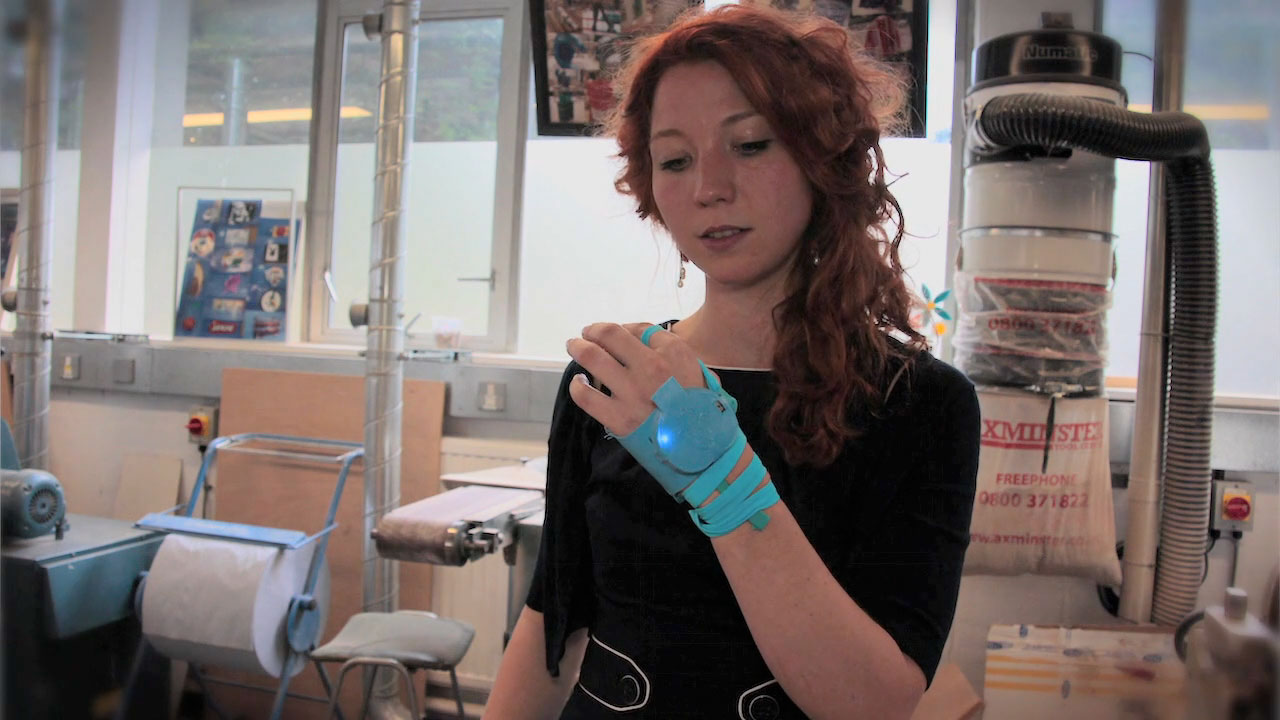Design Potential of Materials
The LTM project made apparent the different approaches that product designers and material scientists take to the same materials. An OLED, for example, is considered to be a luminescent material by the designers, but is considered to be a device consisting of several different materials and components by the scientists. Also, while designers think mainly in terms of what materials mean to users, referring to subjective qualities (e.g. "sexy feel, warm light"), scientists think more objectively, referring to quantities (e.g lumen output, temperature window, bending radius). These differences in outlook mean that seemingly ordinary words such as ‘flexibility’, ‘properties’ or even ‘materials’ can have quite different meanings to both sides of the collaboration (Tempelman 2016).
Task 1
Watch the LTM Designers video
Task 2
Materials Scientist(s): What kinds of properties do Designers look for in a material, and how do they learn about them? Do any of the characteristics that designers focus on resemble the measurable material properties you focus on? Are any of these properties hard to translate into a materials specification?
Designer(s): What kinds of material properties are materials researchers interested in? Are there any scientific terms used in your collaboration hard to understand in terms of design potential? If so, what might help to make these terms more inclusive?


